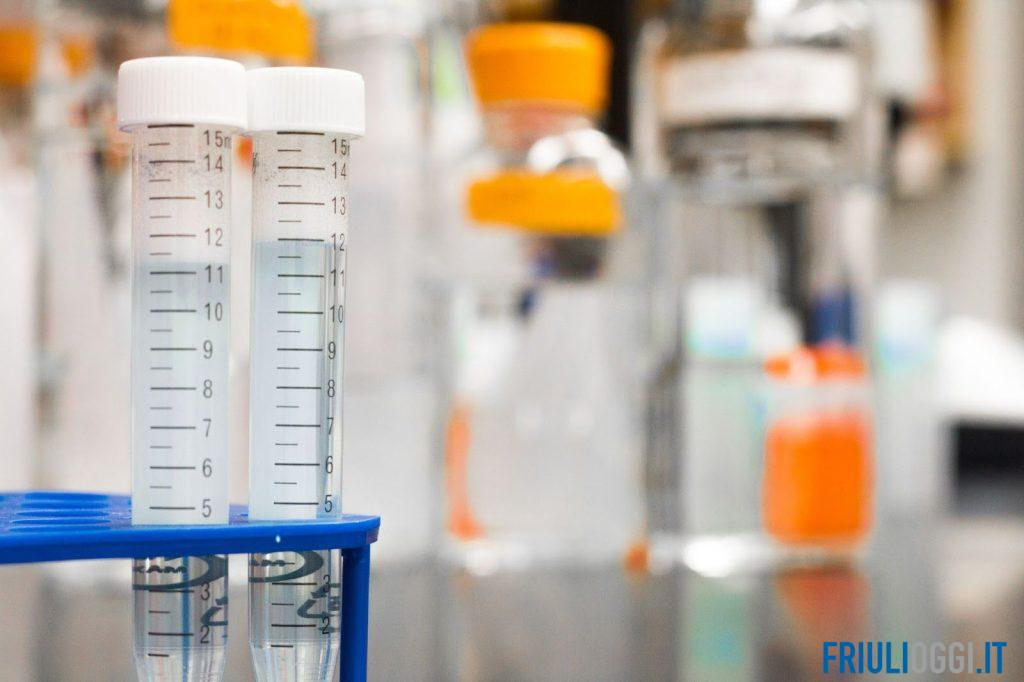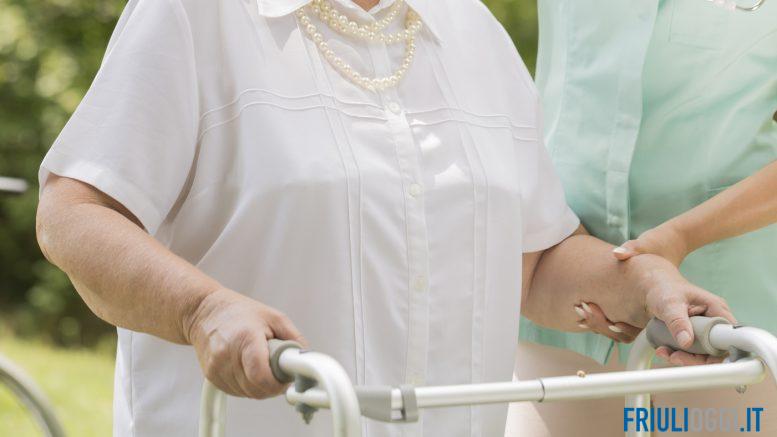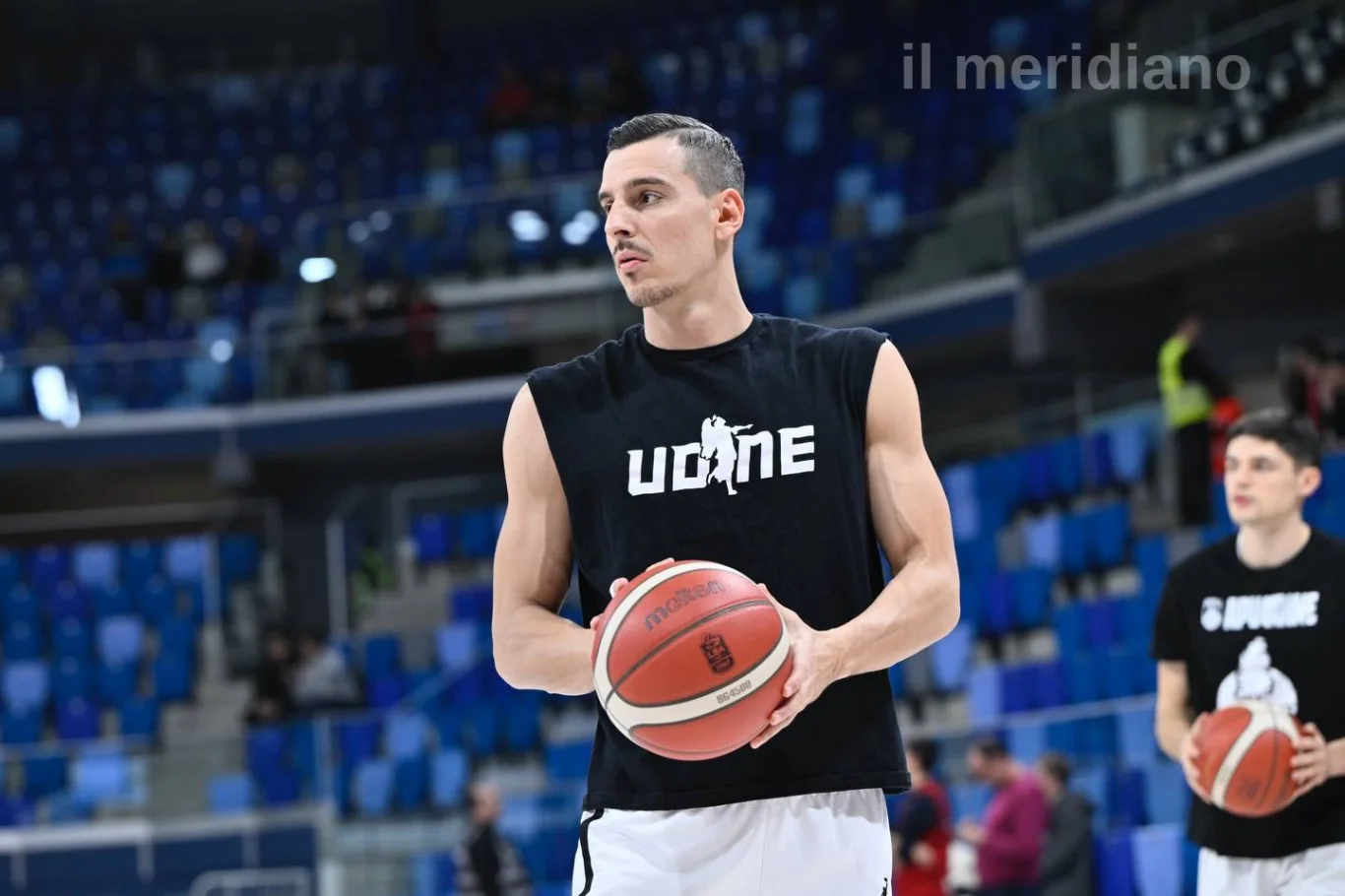A stroke is a condition in which part of the brain is unable to receive blood flow and dies or is damaged as a result. It can be very disabling as it can potentially affect a person’s daily life since it can impair speech, movement, and cognition.
One major facet of managing a stroke is rehabilitation. This aims to restore as much of the lost function as possible. While modern efforts that advance medical science have been able to achieve more over the years, stroke rehabilitation still has its limits. This explains why stem cell therapy is closely considered for what it can do here.
This article will discuss stroke in detail, the traditional options for recovery, and how stem cell treatment may be able to help patients.

Types and causes of stroke
Stroke, also known as cerebrovascular accident (CVA), can be divided into two major types: ischemic and hemorrhagic.
An ischemic CVA occurs when a blood clot forms in the arteries of the brain, preventing blood and consequently oxygen, from reaching parts of the brain. This is the more common type.
The hemorrhagic type happens when a vessel in the brain bursts or leaks blood into the tissue surrounding it. This prevents normal blood flow and the collection of blood presses on nearby tissue, causing tissue death.
It’s important to know about the most important risk factors for this condition:
- High blood pressure (hypertension)
- Heart disease
- Drinking alcohol excessively
- High cholesterol and lipids
- Smoking
- Obesity and overweight
How can stroke be prevented?
You can try to avoid stroke recovery entirely, by taking steps to reduce the risk of the disease.
First, opt for a healthier diet. Reduce sources of cholesterol, saturated, and trans fats. Also, keep sodium intake low. These are good means of managing hypertension and hypercholesterolemia.
Then, try to stay within a healthy BMI. The normal BMI for an adult is between 18.5 and 24.9. It’s also a good idea to increase your physical activity, which can also help with weight loss. Two and a half hours of moderate exercise each week is sufficient.
If you have pre-existing medical conditions like diabetes, hypertension, or heart disease, be sure to use your medication, if on any.
Finally, try to cut out or reduce your smoking and alcohol consumption.
What are the options for rehabilitation after a CVA?
While some medication can be used to take care of some of the symptoms, stroke rehabilitation depends on three major forms of therapy:
- Physiotherapy’s goal is to help restore the coordination and muscle strength that was lost. This is usually the focus for many who have this condition.
- Speech therapy helps when patients have issues with communication after a stroke.
- Occupational therapy aims to address the functional disability a patient may have in daily living, such as with eating, dressing, bathing, writing, etc.
How stem cell therapy can help stroke patients?
Stem cells can provide a lot of benefits towards stroke recovery for people with the disease.
While regular rehab tries to “repurpose” the undamaged neural circuits, stem cells within the therapy are capable of stimulating the growth of new neurons (doi: 10.1634/stemcells.2005-0281). This theoretically means there’s more potential for recovery.
This treatment is relatively simple and safe, as the cells find their way to the affected part of the brain and help the tissue there heal through several biological mechanisms.
Research, clinical trials, and expected results
There’s an abundance of animal studies observing the mechanism of this treatment in a brain with this disease, and there’s an increasing number of human clinical trials being carried out.
There has been a lot of research done to see how treatment with stem cell for stroke victims can aid in their recovery. Many of these studies show positive outcomes.
For instance, one study clearly demonstrated an improvement in motor function, while another showed a better score on two stroke indices. Although results differ on an individual basis, most people should expect some benefit to movement, speech and coordination.
For instance, one study clearly demonstrated an improvement in motor function after intravenous infusion of autologous stem cells (doi: 10.1007/s12975-020-00787-z), while another showed a better score on two stroke indices (doi.org/10.1159/000333381). Although results differ on an individual basis, most people should expect some benefit to movement, speech and coordination.
Conclusion
Rehabilitation from stroke typically involves going through multiple forms of therapy. Though effective, they may have limitations, and seeing results involves putting in a lot of effort.
The good thing is that treatment with stem cells is able to provide hope for a more solid recovery option that repairs the damage directly in the brain instead of working around it. Why not give your body the chance to fix itself if you have the ability to?





